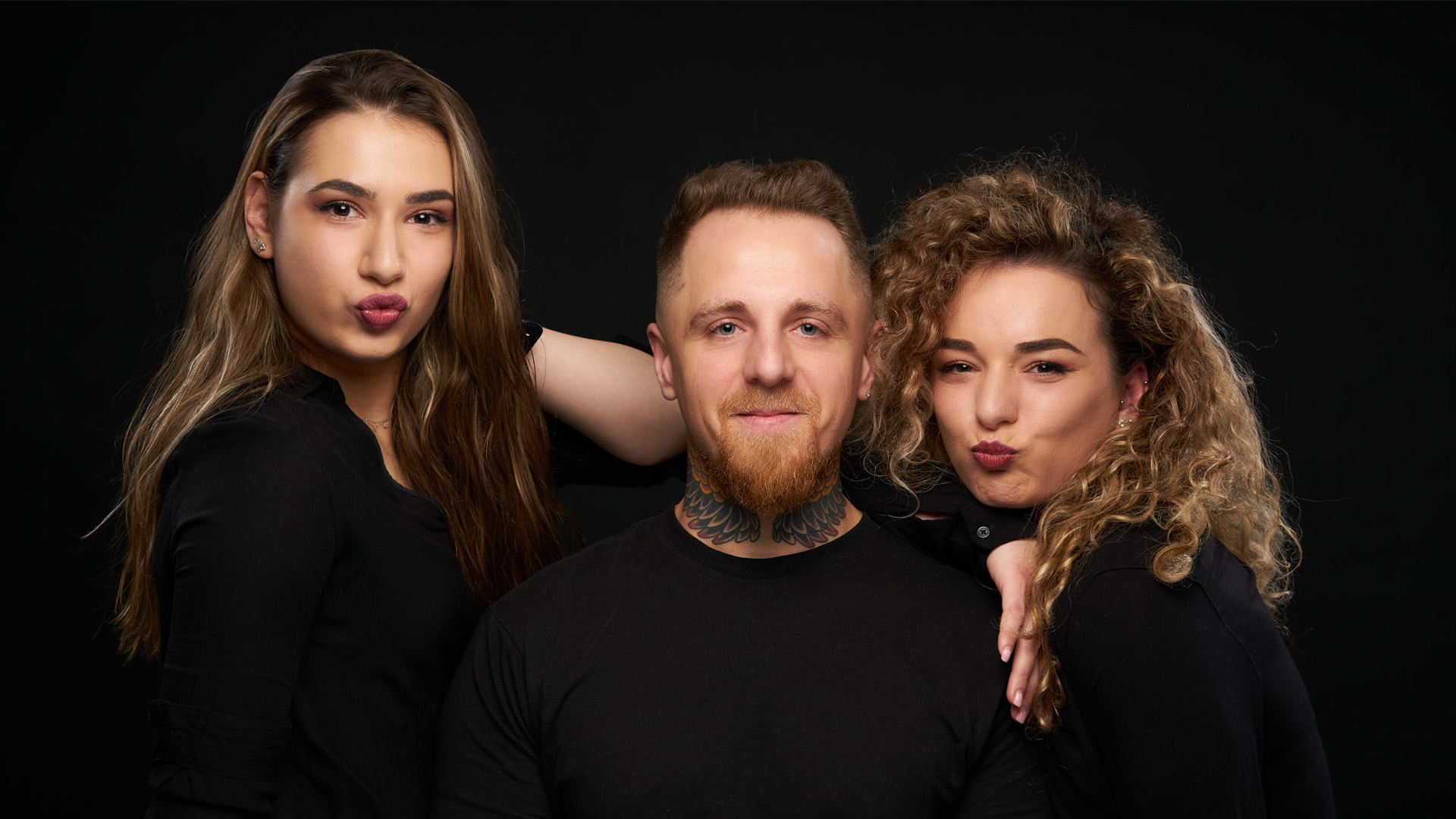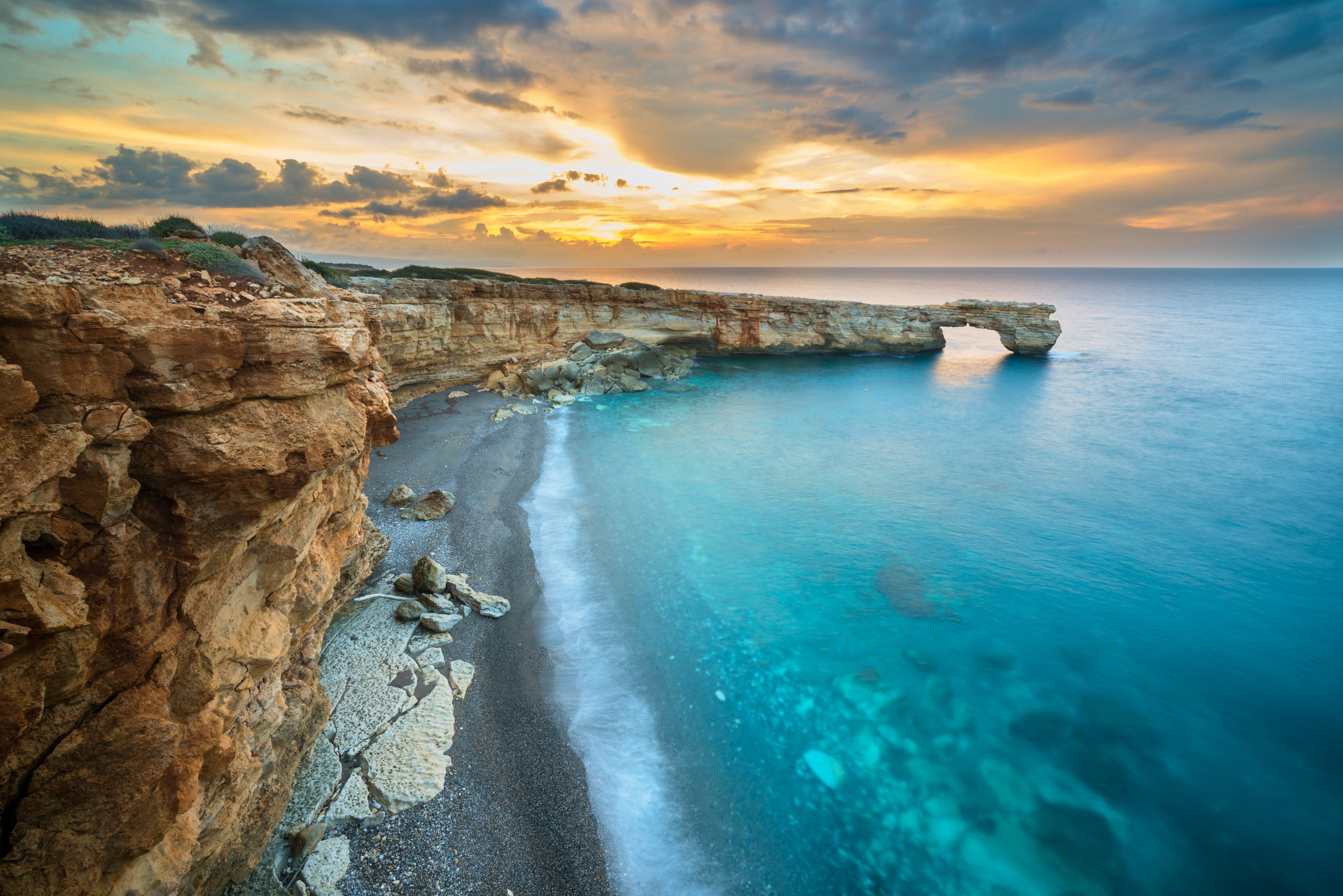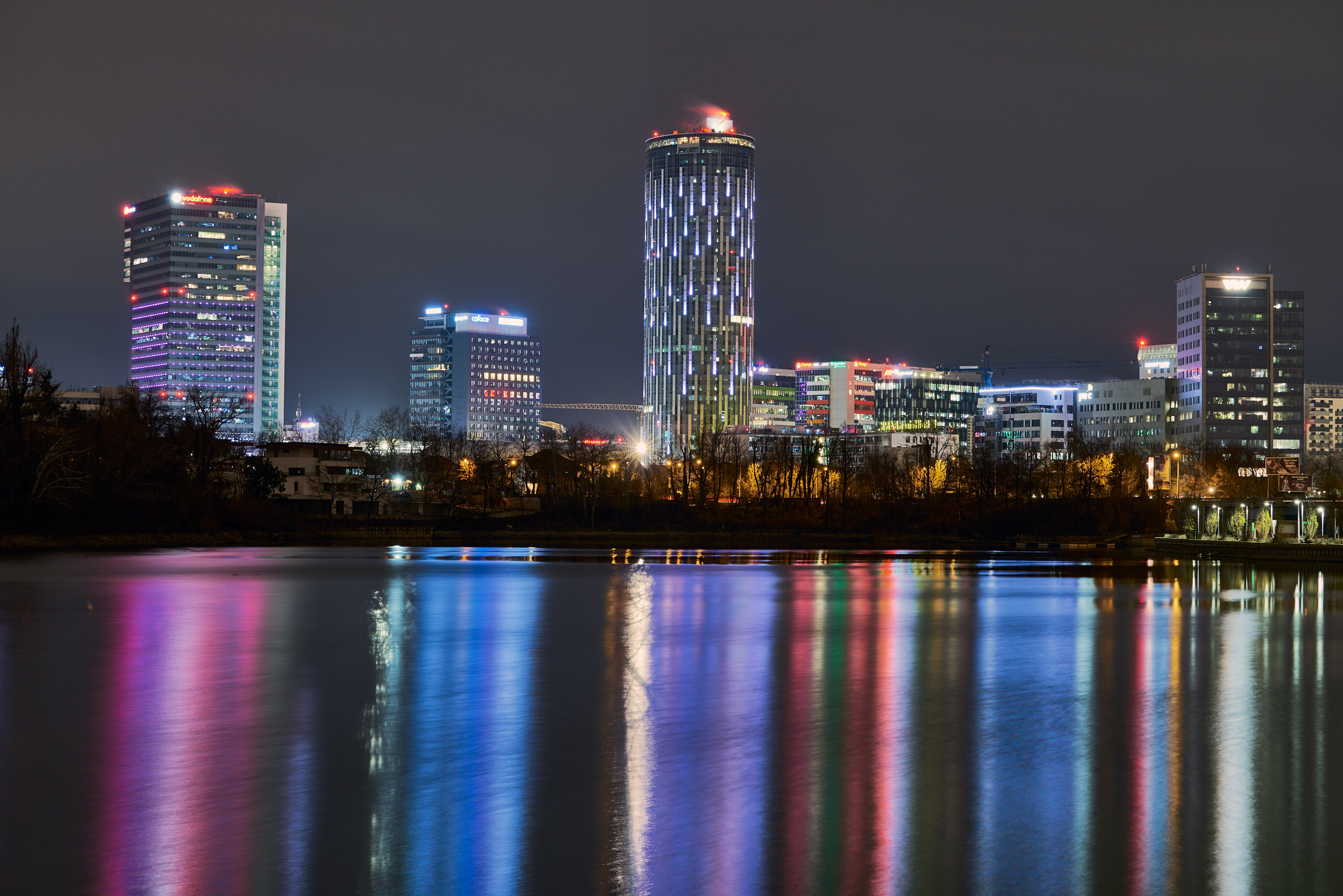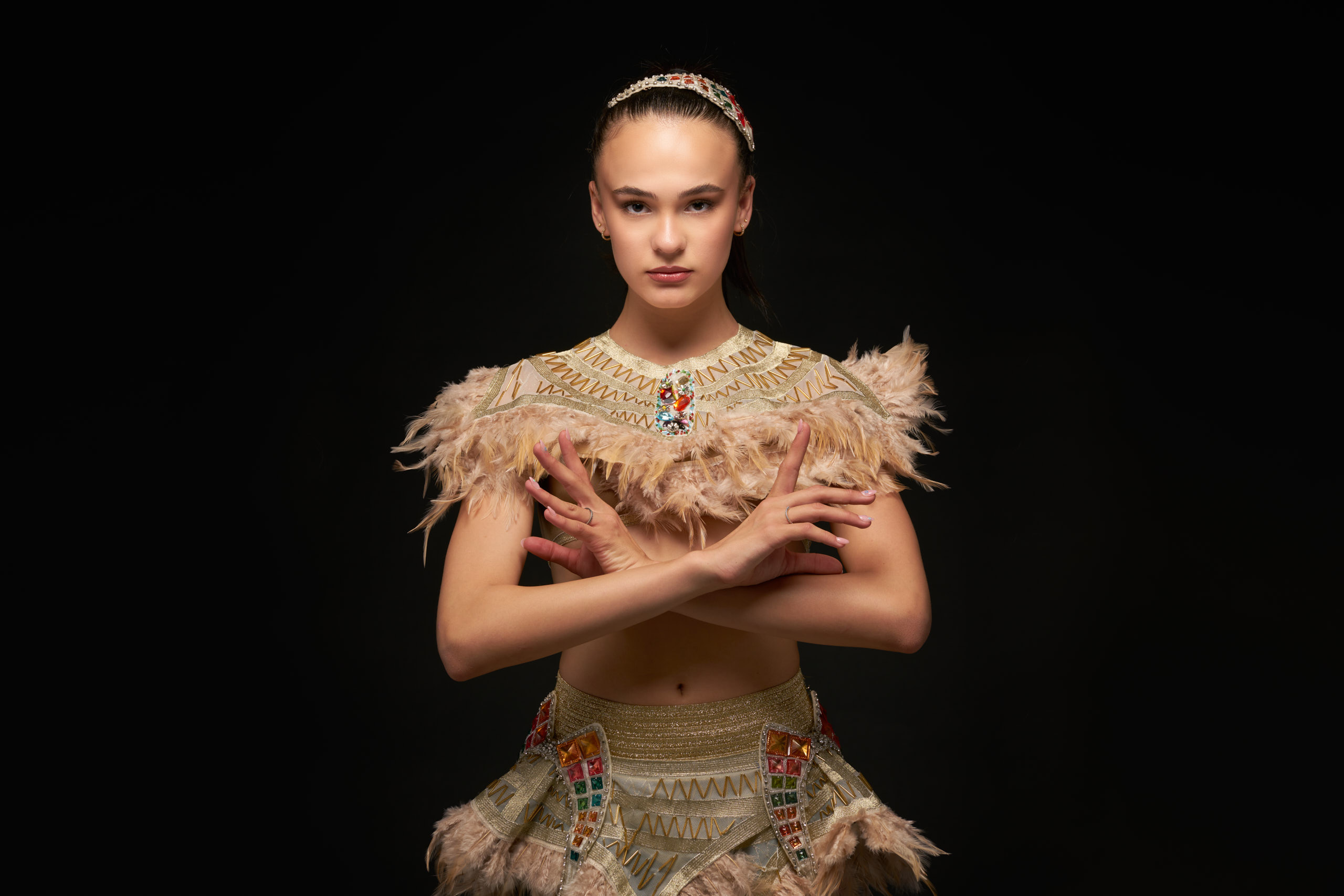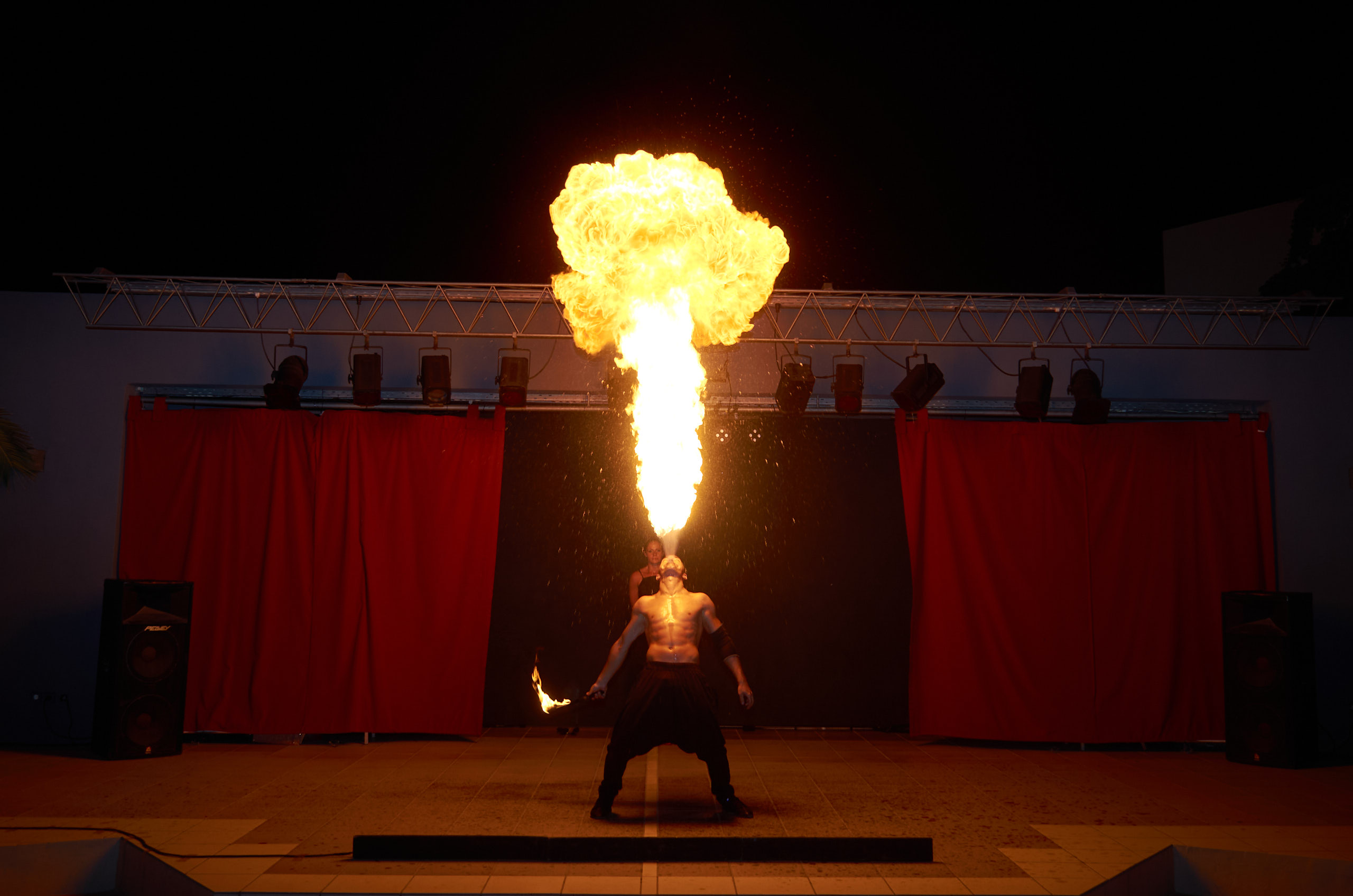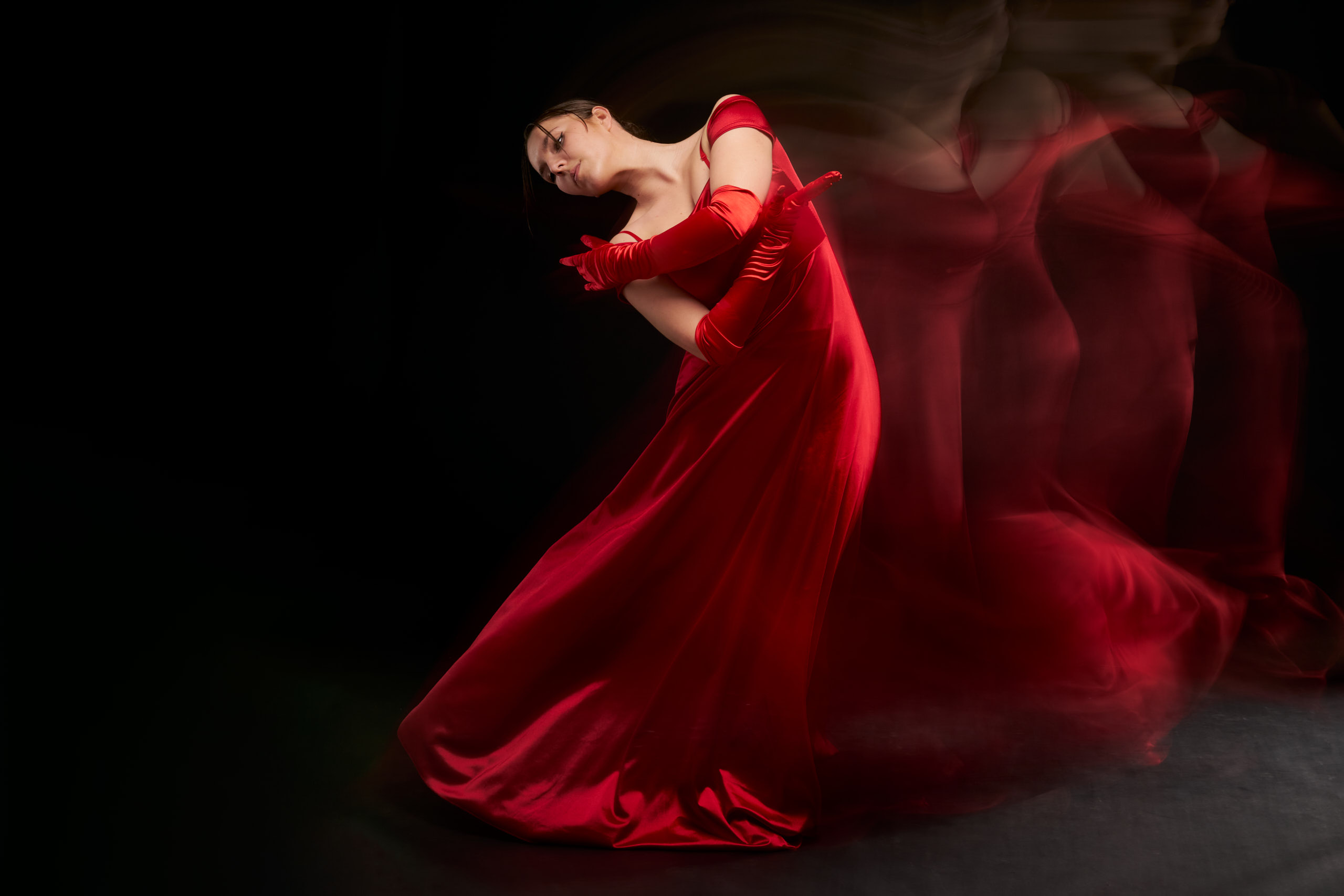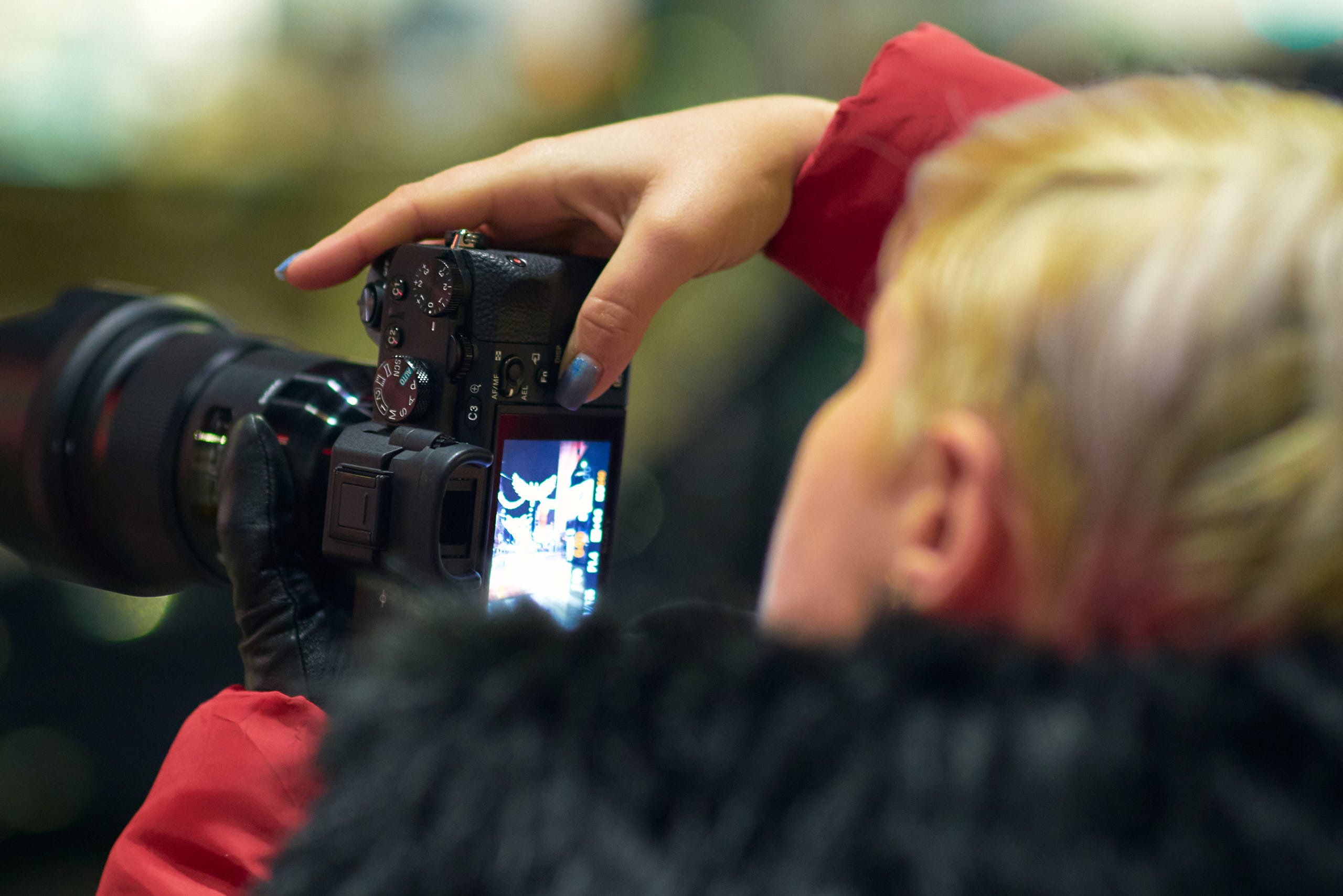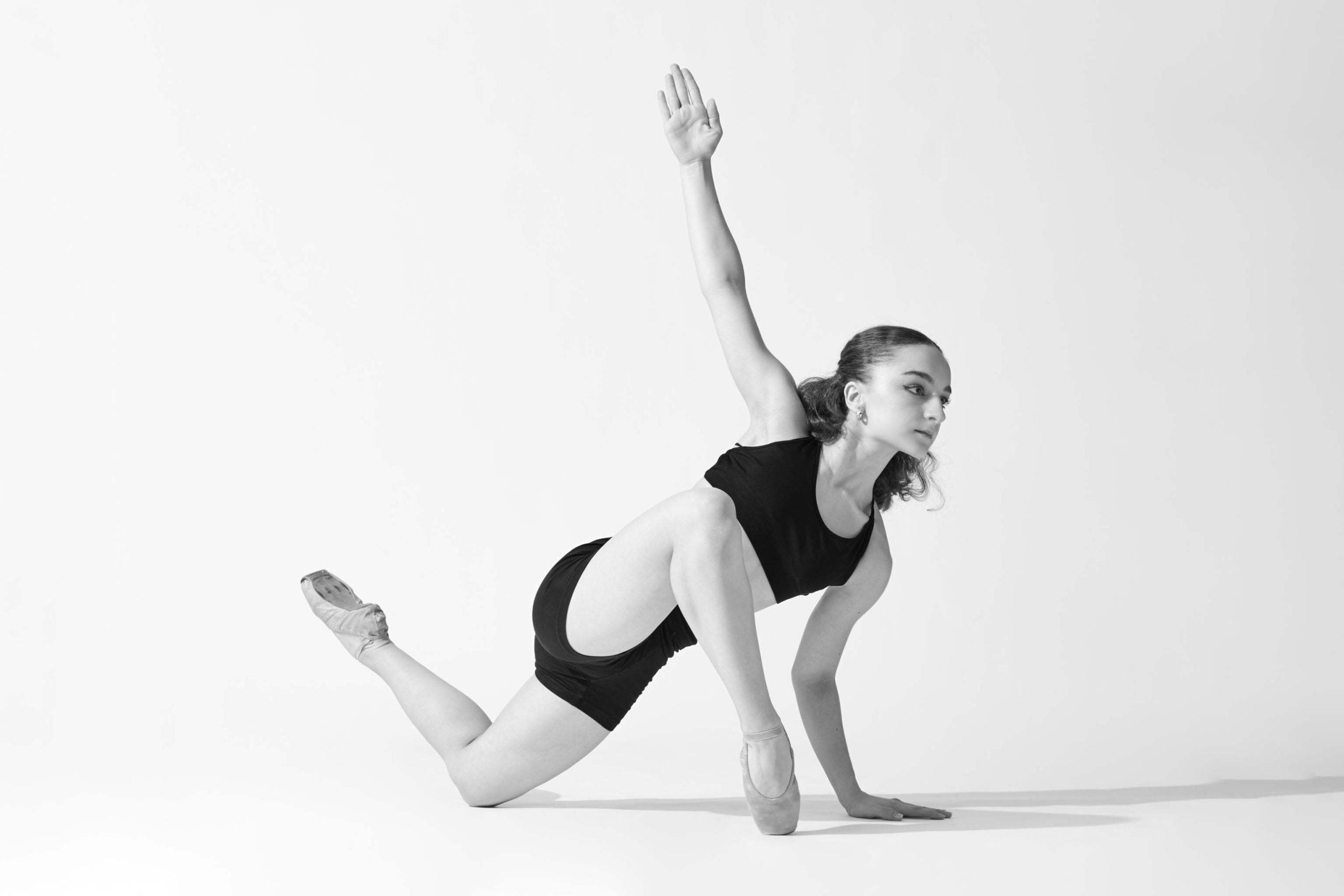Posing naturally is one of the most important aspects of creating authentic portraits. Many clients feel nervous or stiff in front of the camera, but with the right guidance, everyone can look confident and relaxed. In this post, I’ll share my tips for posing naturally during portraits, couple sessions, and fashion shoots in my Bucharest studio. 1. Start with Relaxation Before taking any photos, I spend a few minutes helping
Fashion photography is about more than the final images you see in a portfolio. Every successful shoot involves careful planning, teamwork, and attention to detail. Today, I’ll take you behind the scenes of a typical fashion shoot in my Bucharest studio, showing what goes into creating images that tell a story and highlight style. Morning: Planning and Setup The day begins with preparation. Before the shoot, I review the concept,
Portrait photography is about more than capturing a face — it’s about telling a story, showing emotion, and revealing personality. But even the smallest mistakes can affect the final result. Whether you’re an aspiring photographer or a client preparing for a session, here are the five most common portrait photography mistakes and how to avoid them for the best results. 1. Poor Lighting Choices Lighting sets the mood of a
Capturing the beauty of a sunrise can be one of the most rewarding experiences for a landscape photographer. The soft light and golden hues of the early morning sky offer unique opportunities for breathtaking images. However, getting that perfect sunrise shot requires both planning and technique. Here are some essential tips to help you succeed. 1. Scout Your Location in Advance The key to a great sunrise photo is preparation.
18
Sep 2025
How to Capture Stunning Night Photography
Night photography lets you capture the world in an entirely new light, with a unique and mysterious glow. Whether you’re photographing cityscapes, starry skies, or silhouettes, shooting after dark opens up countless creative opportunities. Here are 10 tips to help you take stunning images once the sun goes down. 1. Use a Tripod Stability is crucial in night photography since you’ll often be working with slow shutter speeds to gather
18
Sep 2025
How to Capture Emotion in Portrait Photography
Portrait photography goes beyond simply recording a person’s likeness; it’s about conveying their personality, mood, and emotion. An effective portrait connects with the viewer and tells a story. Here are practical tips to help you capture genuine emotion in your portraits. Build a Comfortable Atmosphere Your subject’s comfort is crucial for authentic emotional expression. Start by engaging in conversation to help them relax. Show genuine interest, make small talk, and
Capturing dance performances in low light can be a challenging yet rewarding experience. The ambiance of dimly lit stages creates a unique atmosphere that highlights the artistry of movement. However, it also requires specific techniques and equipment to ensure you capture stunning images. Here’s a guide to help you photograph dance performances effectively in low-light conditions. 1. Know the Venue Before the performance, familiarize yourself with the venue. Attend rehearsals
16
Sep 2025
How to Use Motion Blur in Dance Photography
Motion blur can be a powerful tool in dance photography, allowing you to capture the fluidity, rhythm, and intensity of movement in a single frame. By intentionally blurring parts of your image, you can convey the dynamism and artistry of dance, making your photos feel alive and expressive. Here’s a guide to using motion blur effectively in dance photography. 1. Understand the Concept of Motion Blur Motion blur occurs when
16
Sep 2025
The Benefits of Shooting in Manual Mode
Switching to manual mode is a game-changer for photographers looking to elevate their work. While automatic settings are convenient, they don’t offer the same level of creative control as manual mode. Mastering manual mode lets you dictate every aspect of the exposure, giving you the freedom to create images that truly reflect your vision. Here’s a breakdown of the key benefits of shooting in manual mode and why it’s worth
16
Sep 2025
Shooting in Black and White
A Guide for Photographers Black and white photography offers a timeless quality and emotional depth that color photos often can’t replicate. By removing color, black and white images draw the viewer’s attention to light, texture, shape, and composition, making them powerful tools for storytelling. Here’s a guide to help photographers make the most of black and white photography. 1. Understand the Role of Light and Contrast Light is the essence
